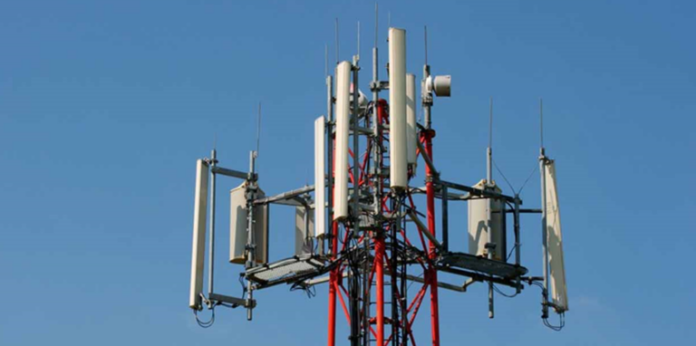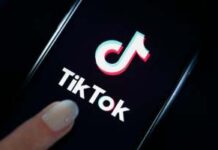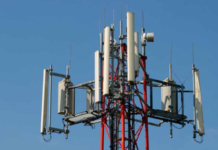22 telcos complete 3G shutdown as 41 target 2030
TECHDIGEST – Some 22 telecommunications operators have completed 3G shutdown as 41 others have scheduled dismantling of the technology in 2030.
Captured by GSMA Intelligence’s Spectrum Navigator, it noted that the majority of these operators are largely Europe based.
GSMA Senior Director and Head of Data Acquisition, Radhika Gupta, noted that many players in Europe are switching-off 3G rather than 2G due to a perceived low impact on customer experience, and the fact that many public services such as utilities and emergency networks still used the previous generation.
Potential issues faced by operators ending 3G, Gupta added, include barriers to customer upgrades such as lack of appropriate handsets or coverage issues; costs associated with sunsetting and upgrading existing kit and being under-prepared in offering local and international VoLTE as an alternative.
When quizzed by Mobile World Live (MWL) about the drivers and challenges for shutting down 3G, some of Europe’s major providers highlighted energy saving and reuse of resources, while also underlining the importance of support for vulnerable customers to ensure nobody is cut off.
According to the Intelligence, one company to have already discontinued 3G is Deutsche Telekom. Speaking to MWL, the operator’s programme manager for the project Axel Burkart cited the primary driver as making optimal use of its spectrum assets.
“In general, modern technologies, such as LTE or 5G, offer enormous advantages over the older 3G/UMTS network. They are many times faster and can supply significantly more customers at the same time.”
READ ALSO: NITDA Leading Africa’s Digital Economy Drive – Zambian Govt
Chief networks officer of UK operator BT, Greg McCall, noted alongside the ability to reuse spectrum, its nationwide 3G network was still consuming a lot of energy despite falling usage.
“3G data use has fallen to record low levels and now accounts for less than 0.6 per cent of all downloaded data on the EE network and just 7 per cent of all voice traffic,” he estimated, highlighting the latter represented a 73 per cent decrease since January 2020.
“Despite its falling usage, 3G accounts for up to 35 per cent of the total power used in our mobile network. Switching it off will save the equivalent of the energy needed to fully charge four billion smartphones,” McCall added.
The operator plans to begin the nationwide sunset early in 2024 but is planning a localised pilot in the English town of Warrington in the coming weeks to inform its wider move.
A representative for Orange told MWL it is “convinced it is not sustainable to continue stacking multiple generations of mobile technologies. The 2G/3G switch-off is a transformation journey, initiated by all telco operators in the world.”
It plans to end the service in its first market of Slovakia later this year, followed by Poland and Belgium. Along with these markets, completion of sunsetting in Luxembourg, Romania and Spain is expected by end-2025 at the latest.
In France, it is switching off 2G first (from 2025) then 3G from 2028 due to the latter having superior coverage in the country. This order, Orange noted, is being replicated by others in its home market.
While South Africa has announced that it would switch off its 2G network in mid-2024 and 3G by March of 2025, the Chief Technical Officer of MTN Nigeria, Mohammed Rufai, had in an interview told The Guardian that the telecoms giant is not in a rush to shut down the 2G and 3G following deployment of its 5G network.
Rufai disclosed that MTN will continue to invest in 3G technology because many Nigerians are yet to upgrade their devices to use 4G or 5G.
He said some of its subscribers are still on 2G and 3G devices and the telco would not want to cut any of them off by shutting down the old technologies, added that the 3G spectrum can also be converted to provide 4G and 5G service when 3G is shut down in the future.
He revealed that 90 per cent of Nigeria’s population has 2G technology, while over 83 per cent of the population has 3G coverage, and 4G coverage has reached over 79 percent of Nigerians and it is still growing.
“Each subscriber has their own needs. Some only need 3G; some subscribers will move to 4G. Even though there are significant benefits to moving to higher technology in terms of speed and latency, we try to cater to the needs of everyone. So, devices are one of the main factors in moving to higher technology, and we’re moving quickly.
“So, while we are investing in new technology, we must also maintain the other technologies that are needed by the people that use them and the people that don’t yet have the devices for the newer technologies.
“This is the reason why we are still investing in and expanding on the old technologies, and also because the spectrum, the license allocated by NCC, and the network resources that are used for 3G can also be used on other technologies in the future, so the investment is still usable for the higher technologies when the devices are ready.”
















